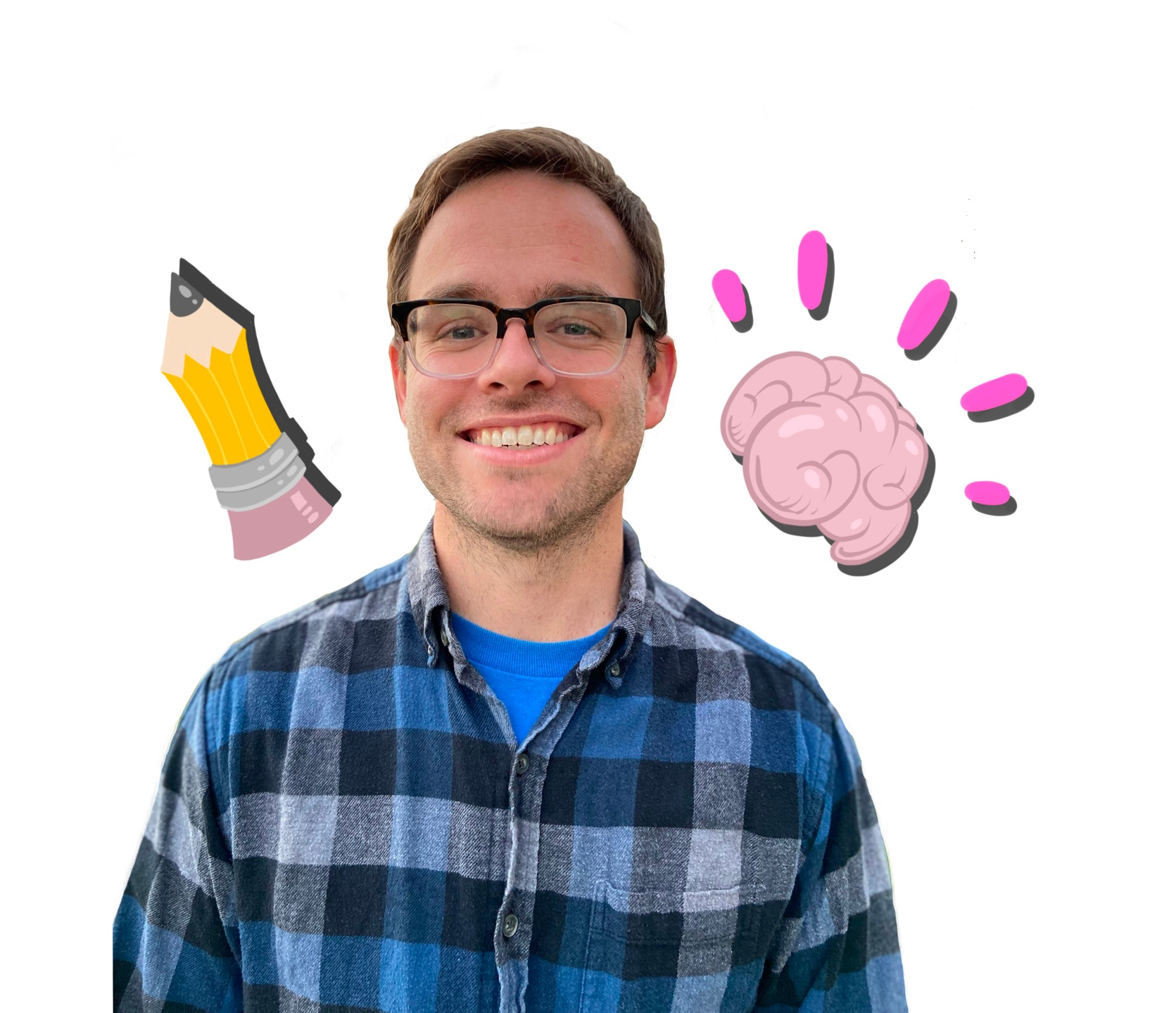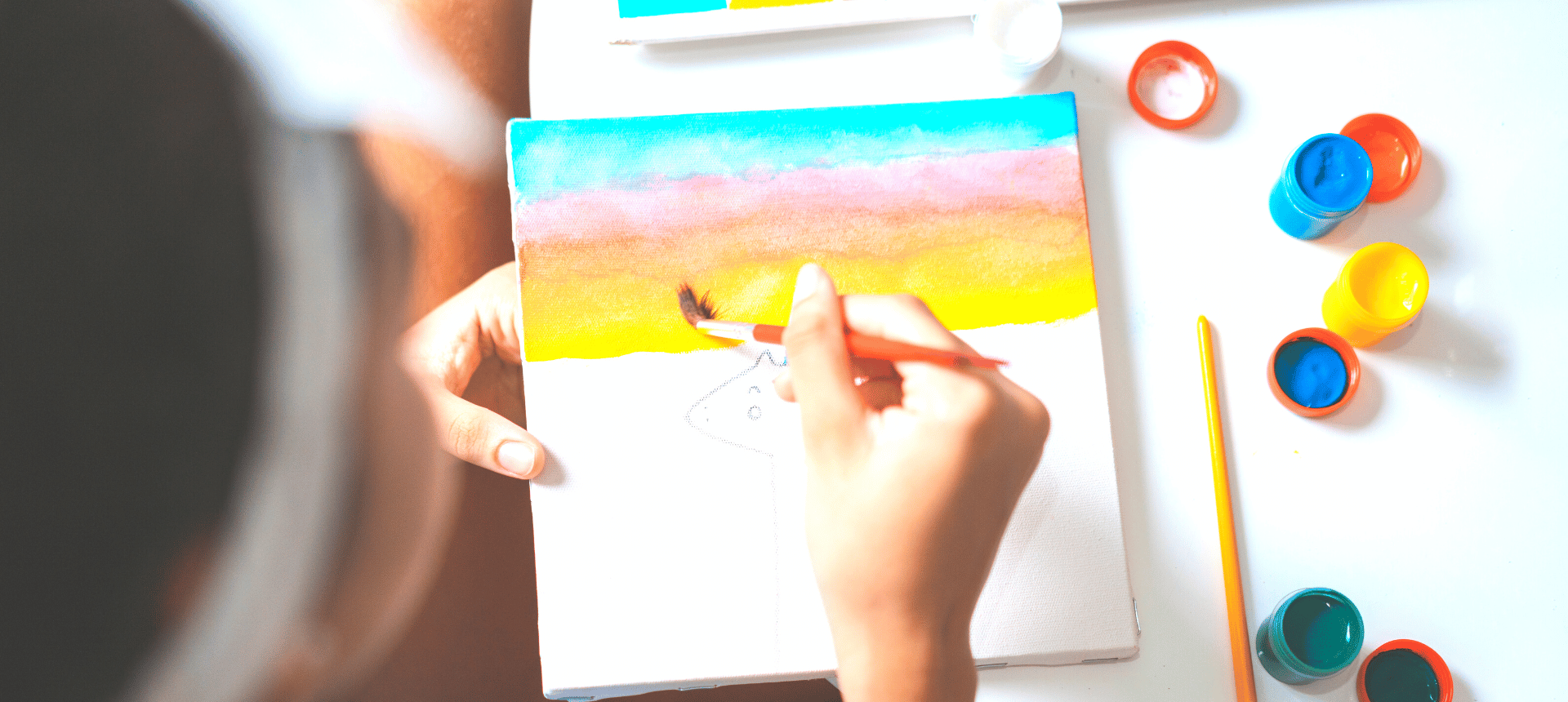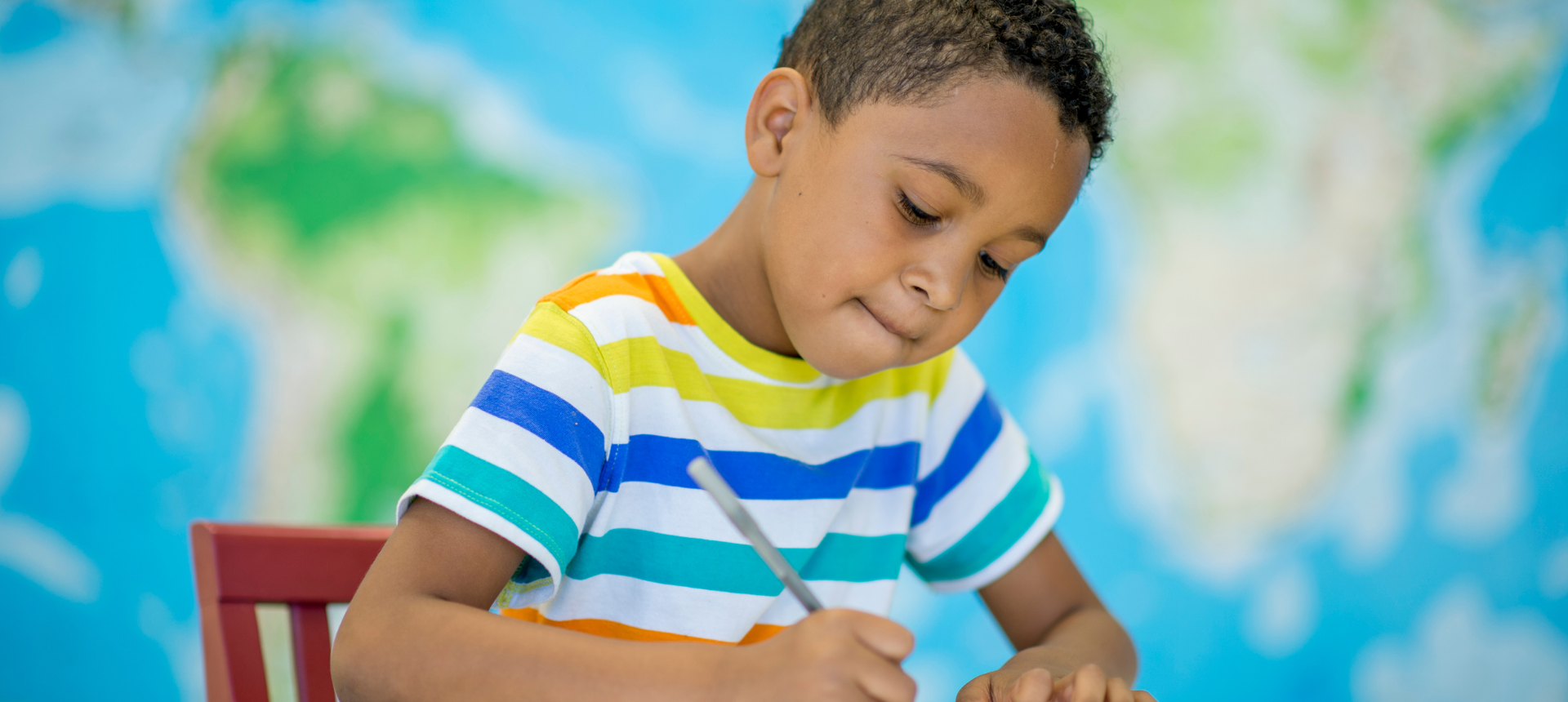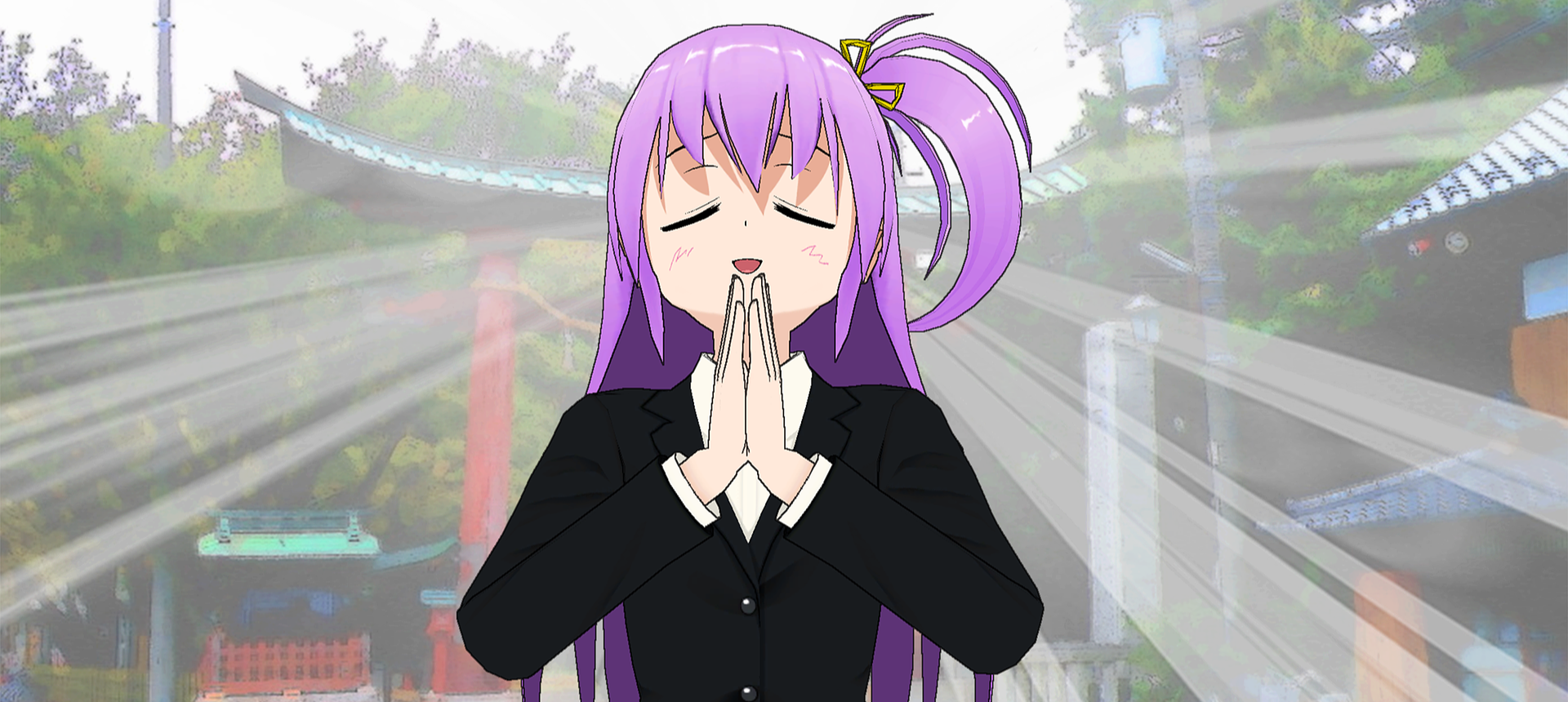In an age of decreasing attention spans, the ability to focus for extended periods of time is at a premium. If your child has trouble focusing for extended periods of time, keeping up with their things, paying attention to details, or demonstrating resilience during difficult tasks then drawing cartoons just might be the answer you’ve been looking for.
Yes. Drawing Cartoons.
Drawing gives children an active means of creating something they love and can be proud of. Whether they’re drawing landscapes, comics, or a favourite videogame character, it’s an amazing sight to behold a child creating a whole world from putting marks on a paper.
Young and old artists alike often have trouble getting the image on the page to look like the image in their head (or the character in the game or he movie they’re trying to draw). Careful noticing, and then replicating, the specific details is the key.
I’m always amazed at what my elementary aged students notice about the world—things that most adults never notice. My students notice the subtle curves on a seemingly straight line which give it more action and dynamism. They notice the way light and shadow create that 3D effect on their favourite character. They notice the way mountains in the background fade into the skyline, while mountains in the foreground are darker and more saturated in colour. They notice why those shapes were chosen for that particular character and how they help portray their personality. They notice how environment design contributes to the mood. They notice the differences in the jawline of a Disney Princess versus the jawlines of a Marvel Avenger. They notice how the skull structure of humans changes as we grow up so that they can draw characters of different ages, or draw Harry Potter as a toddler, teen, and adult. The list goes on and on.
After classes in cartooning and character design, students never look at their favourite games and movies in the same way. They are no longer passively consuming this content for mere entertainment, but are also active thinkers, noticers, and creators who are able to analyse and appreciate the design processes behind the media.
This attention to detail carries over into other areas of their life. Their attention span and ability to focus lengthens as they’ve had practice spending so much time perfecting their artwork. When they’ve spent hours developing an art piece, engaged in creative problem-solving as they try to get the limbs to look just right, or their scene to match proper perspective, they also develop a resilience and self-discipline that easily transfers to other domains.
How does drawing cartoons specifically, as opposed to drawing in general, help students learn to see and improve their focus?
Because cartoons are what they love. It’s what the majority of kids are most interested in. And when we are engaged in what we love as learners, we learn more effectively.
When I was a child, my mom would enroll me in local art classes. The only thing available in my town were traditional art classes. While I appreciated my mother’s efforts to develop my creative talents, I couldn’t help but wish I was drawing something much cooler than still life vases or flower pots. Nothing against those, but I was a 10-year-old boy, and I wanted to draw Batman battling the Joker, Jurassic Park dinosaurs ravaging a prehistoric landscape, or my own made-up supervillains. Many of my students also enjoy drawing unicorns, princesses, robots, vehicles, anime, and especially their favourite movie, TV, or videogame characters.
Every child has different interests, and that’s why I use the content they love to teach students they skills they need to grow as an artist. In my classes, we draw characters from popular culture that most students are familiar with, and we always draw a variety to touch on more students’ interests.
But more importantly, I teach students the skills they need so that they can draw the things they love on their own. When our teaching engages their personal interests, students are more engaged, more willing to learn, and as a result, develop their skills more quickly and more deeply. These newly acquired skills increase their confidence, and their interest blossoms into a passion for creating. More importantly, they develop a passion for pursuing a life of creativity, curiosity, and noticing like an artist.

Daniel Grissom owns Curious Together, and teaches classes in art, reading, writing, literature and philosophy. He runs weekly Kids Cartoon Academy classes for Comic Book Creators and Cartooning and Character Design, as well as classes on how to draw monsters.
When asked about his approach to teaching, he said:
"I am committed to pursuing a life of creativity and inspiring my students to do the same. The world is a place full of wonder and beauty, and I love learning and teaching about it. I know that students learn the most when they are most actively engaged in pursuing interests that they love. My classes provide the opportunity for them to do this, and they are intentionally structured so that all students can equally participate, know they have a place to belong, and leave my class having developed a meaningful skill. This accumulation of skills breeds confidence, and this confidence breeds a lifetime devoted to learning and creativity."
Check out some of Daniel's classes below:
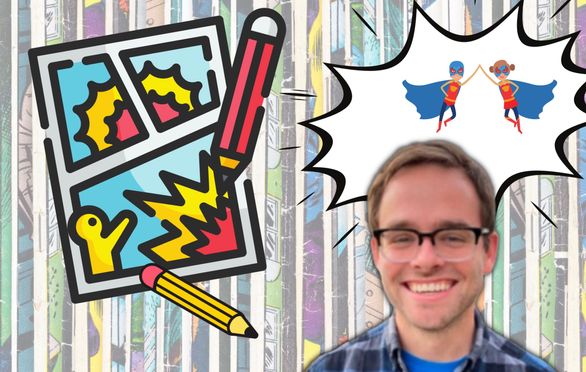 |
Kids Cartoon Academy: Comic Book Creators Workshop |
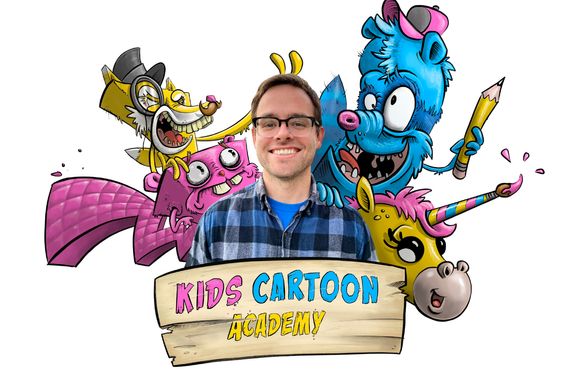 |
Kids Cartoon Academy: Cartooning, Comics, and Character Design |
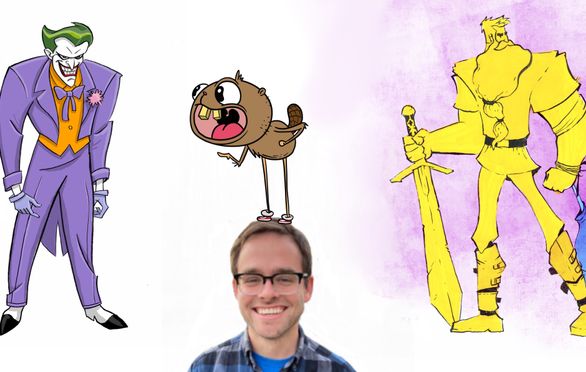 |
Kids Cartoon Academy: Cartooning & Comic Art for Experienced Artists |
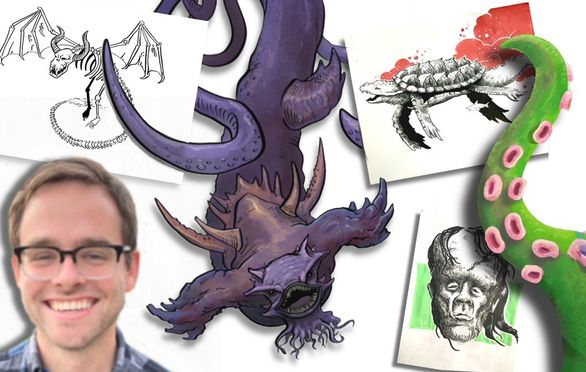 |
Monster Artists: Drawing Dragons, Aliens, and Other Scary Monsters |
 |
How to Draw Five Nights at Freddy's: Freddy, Springtrap, and More! |

